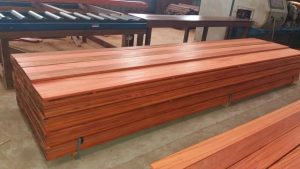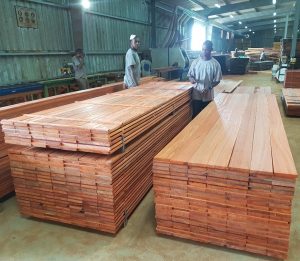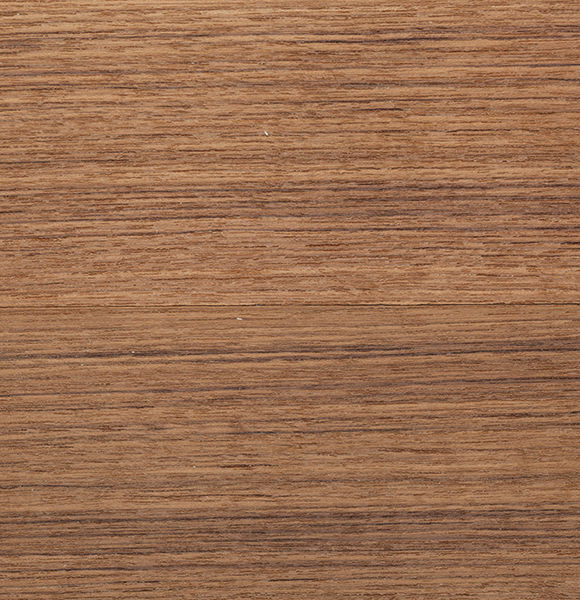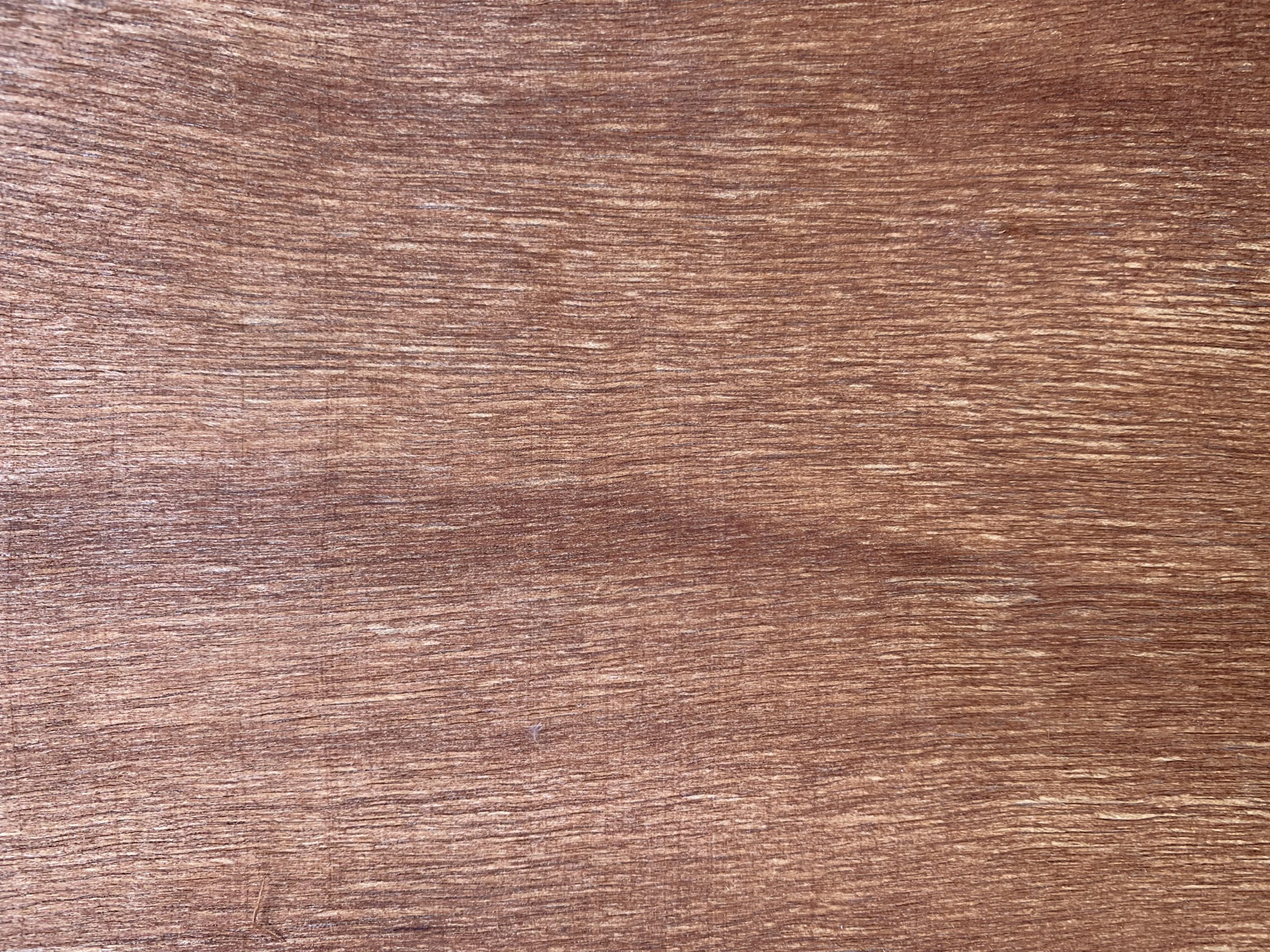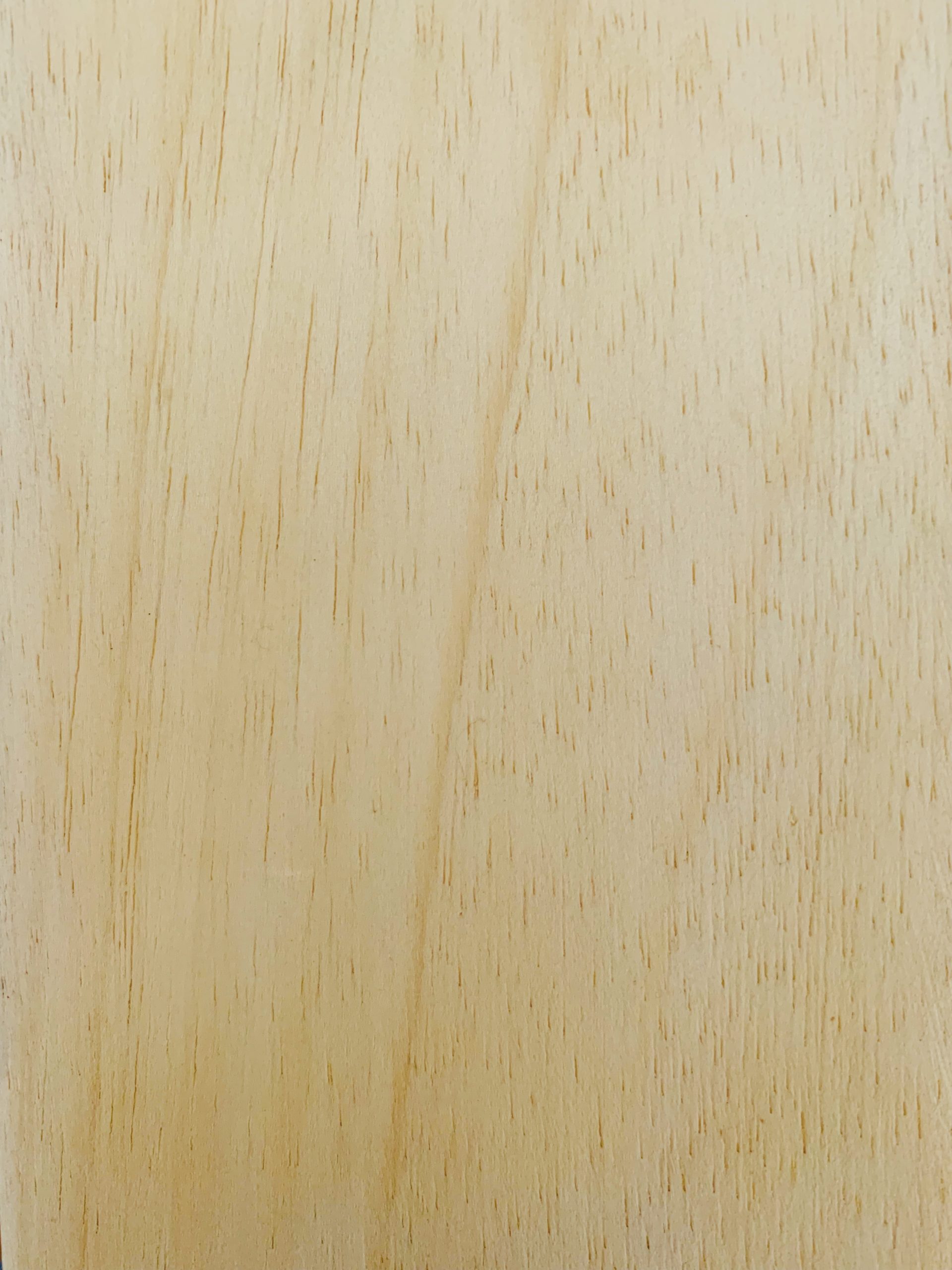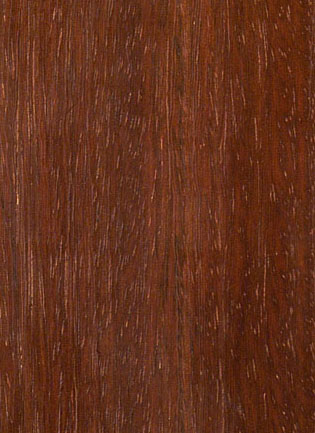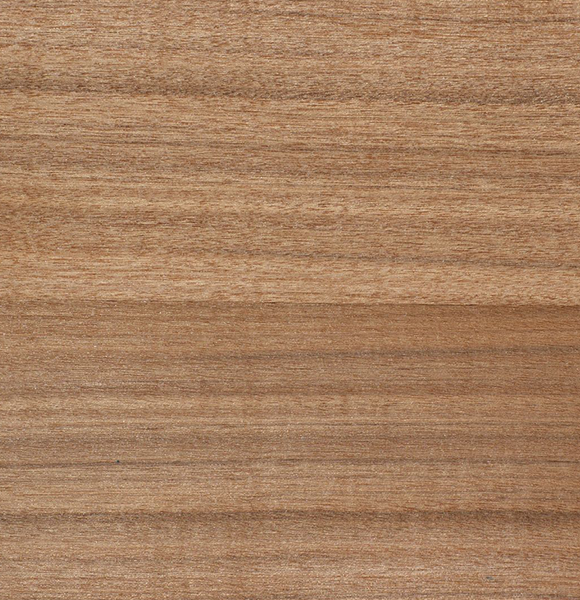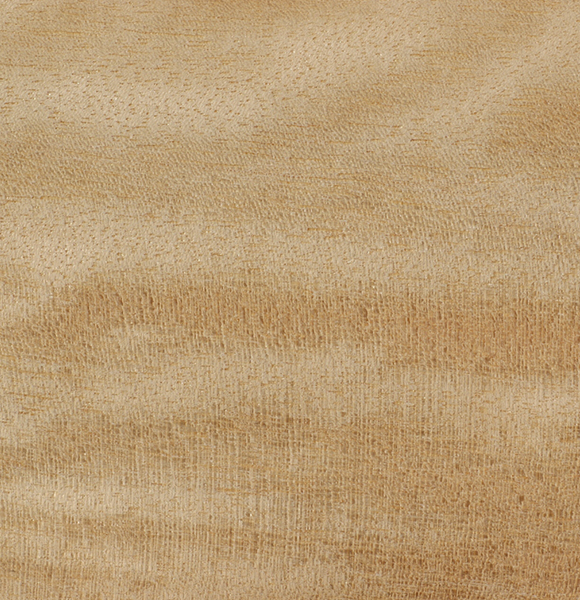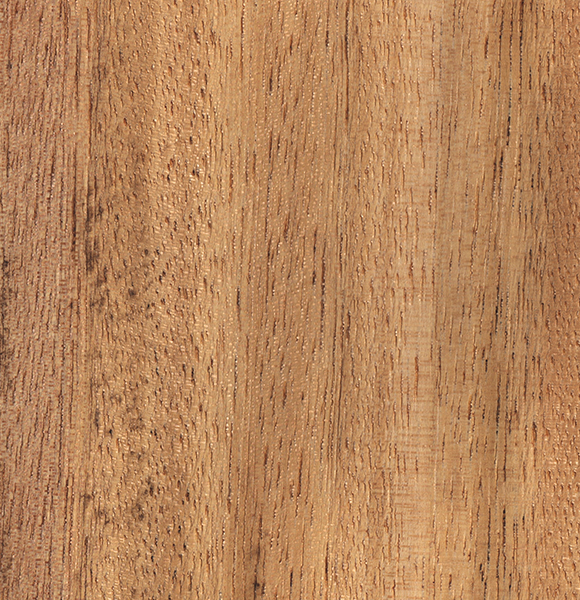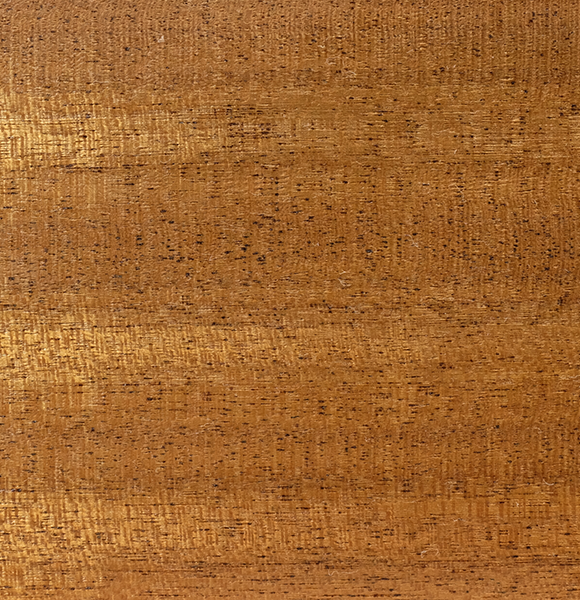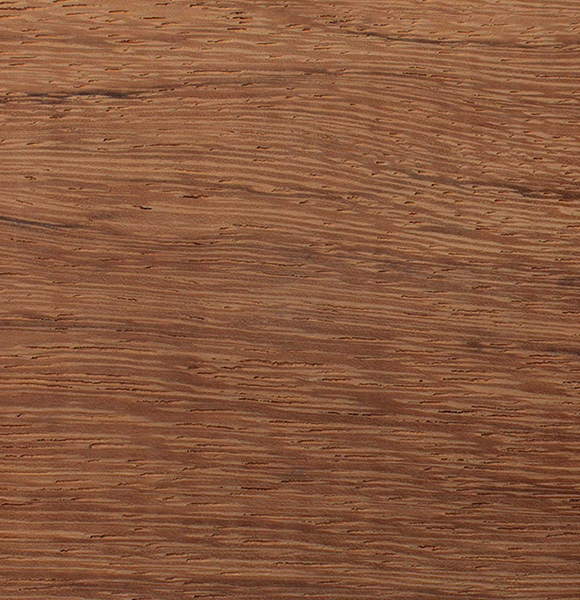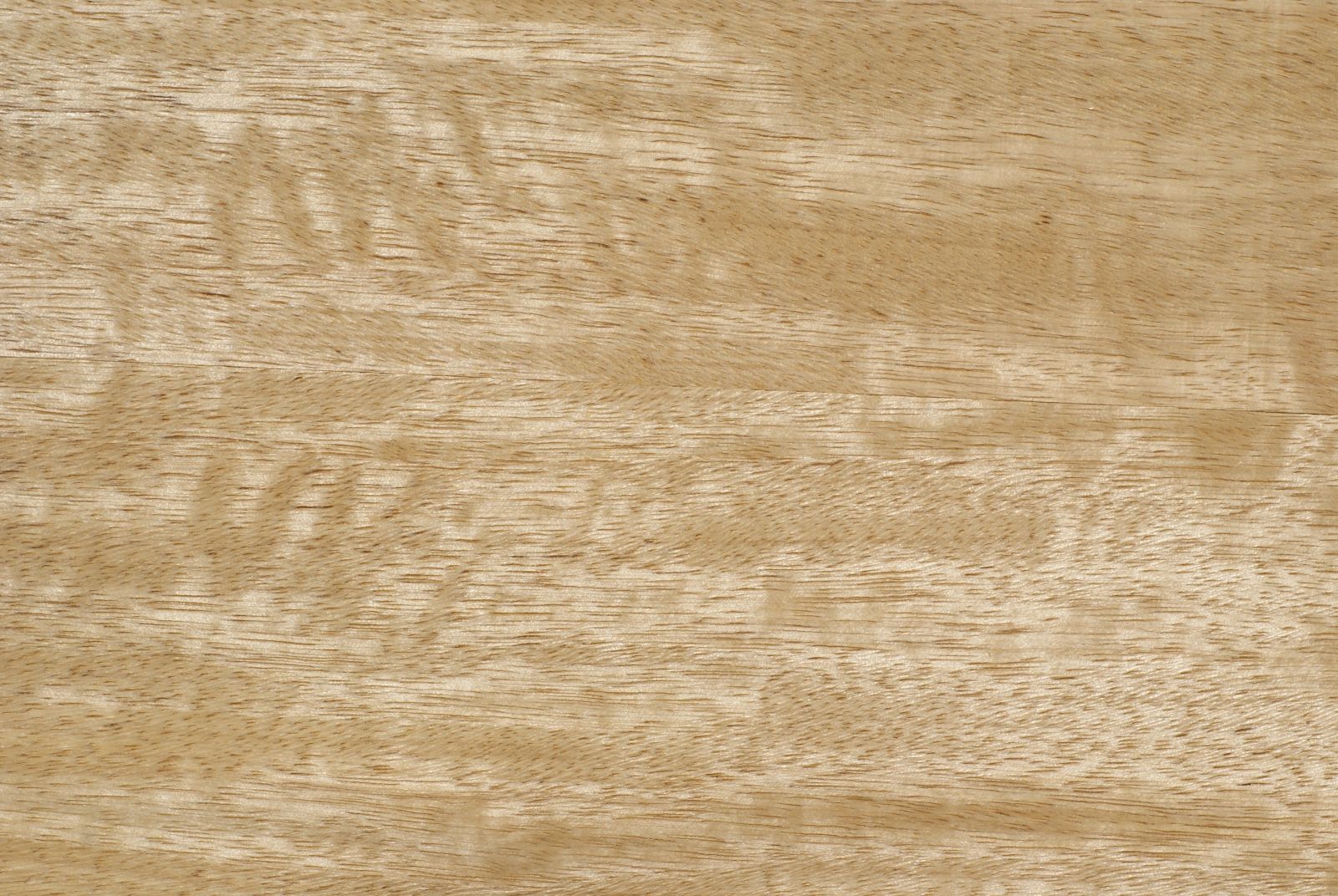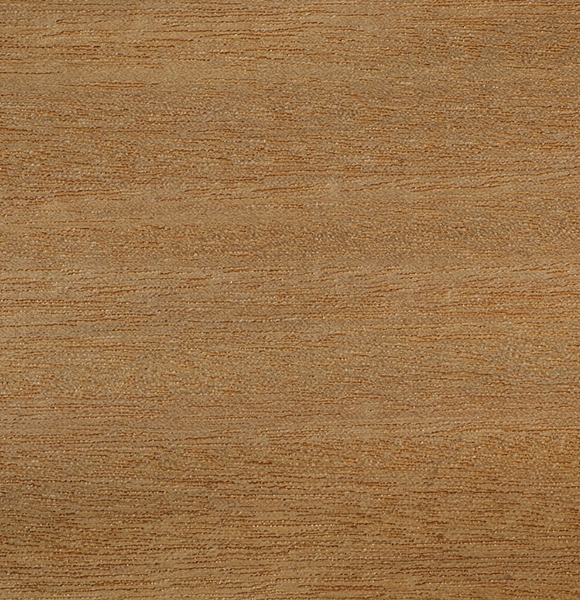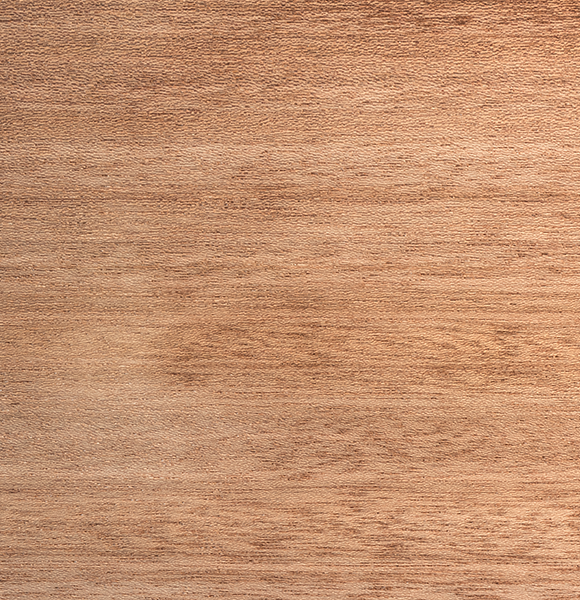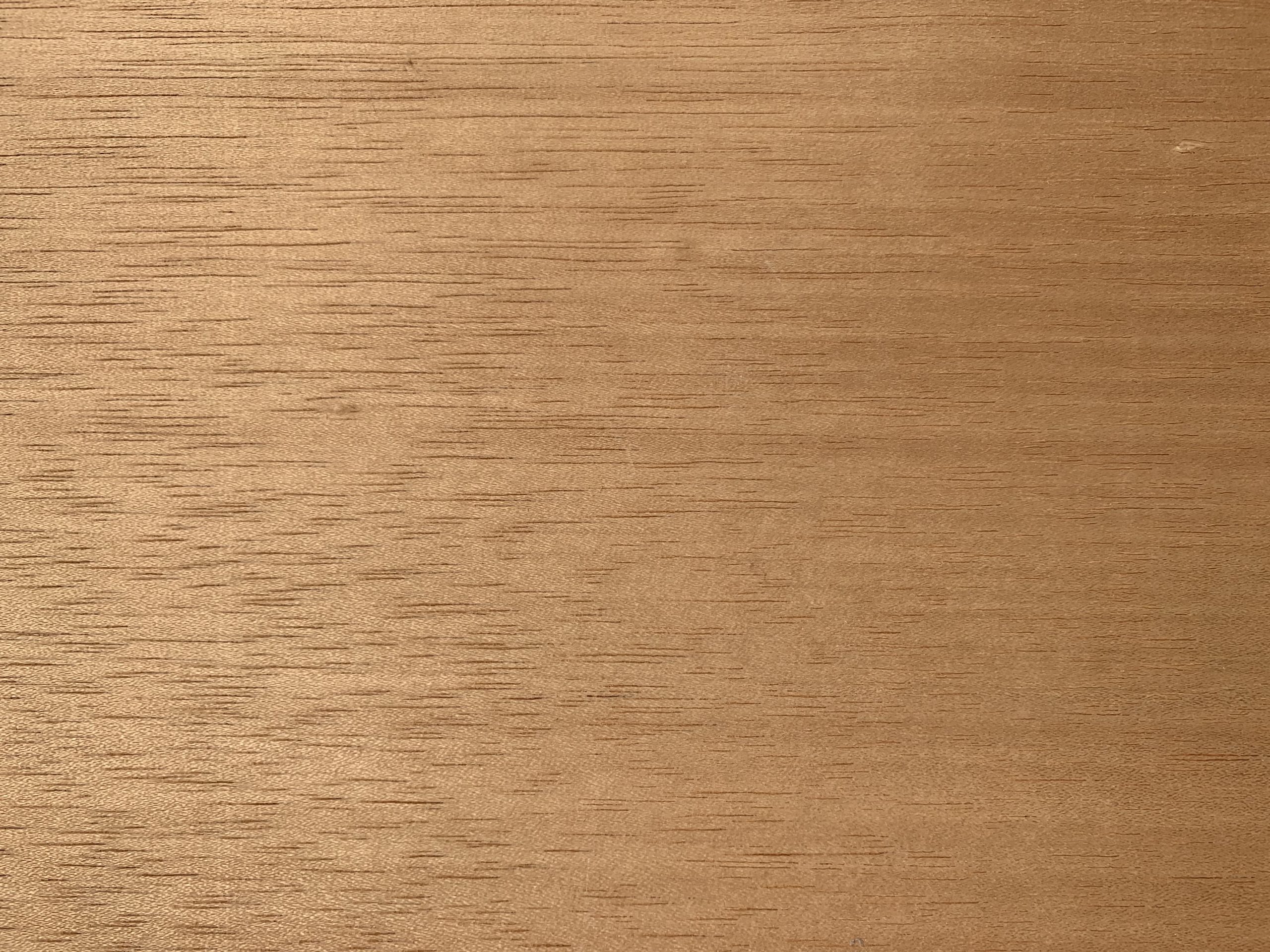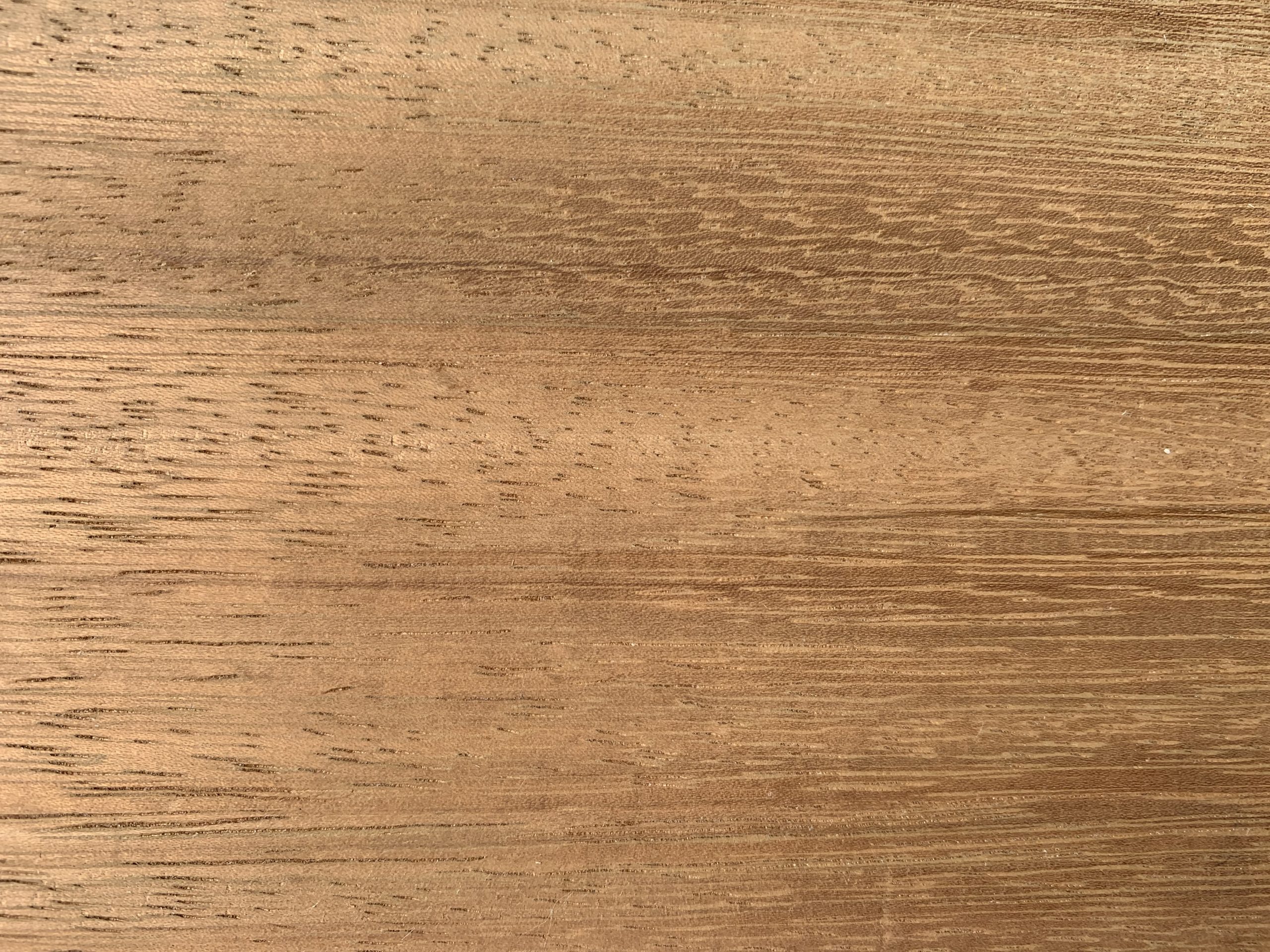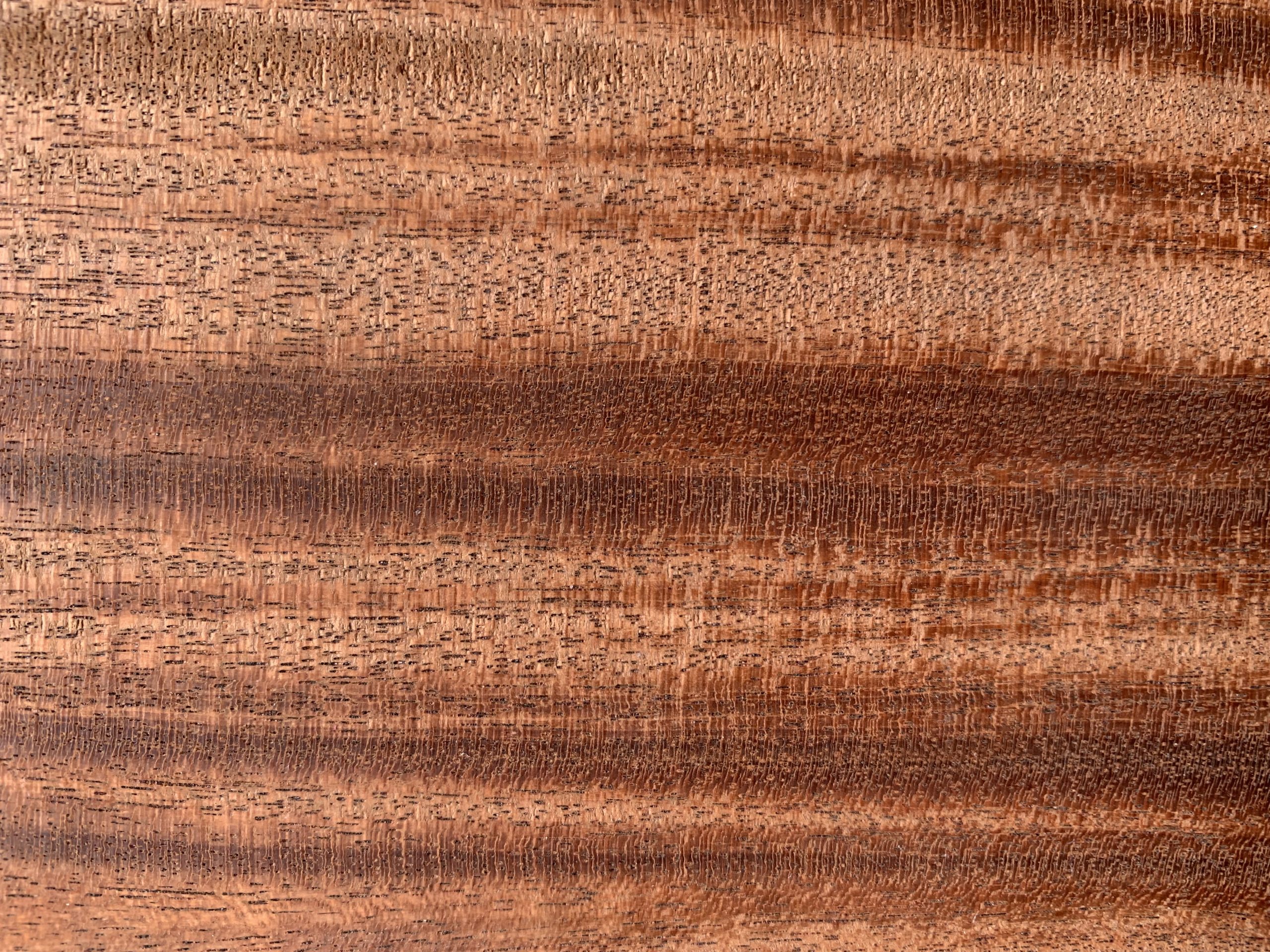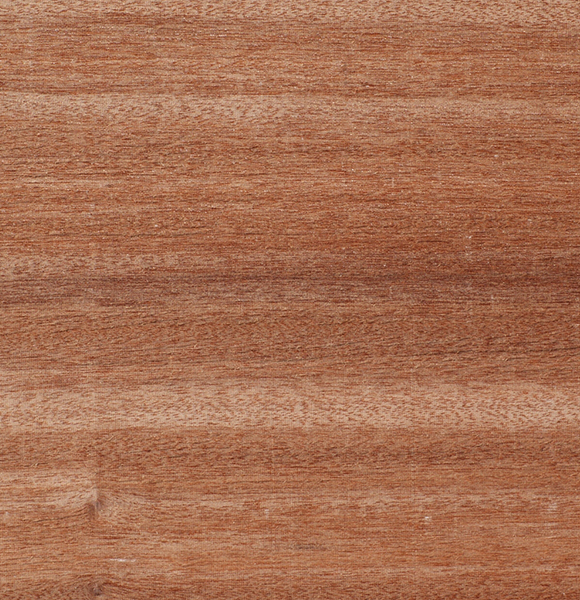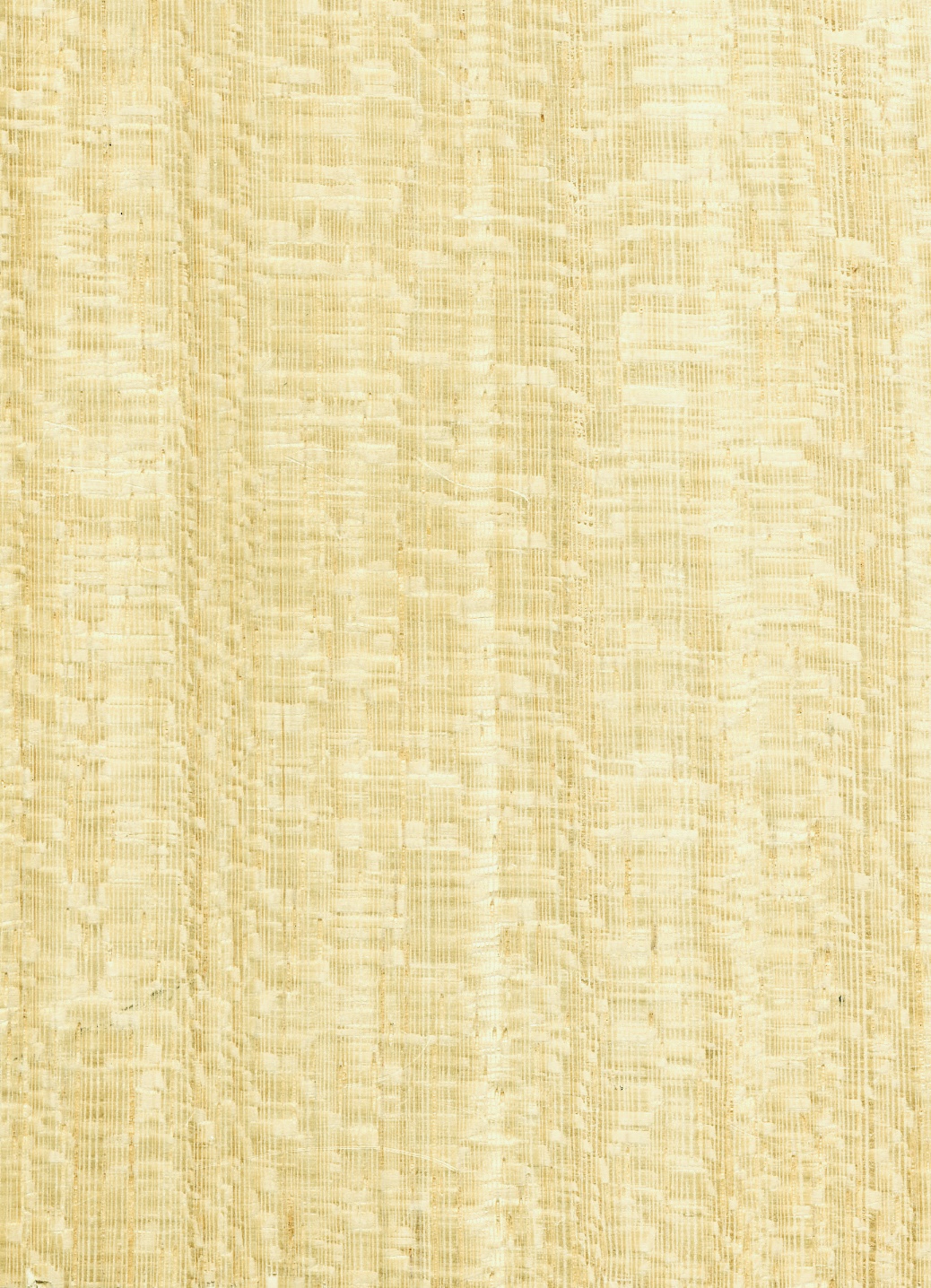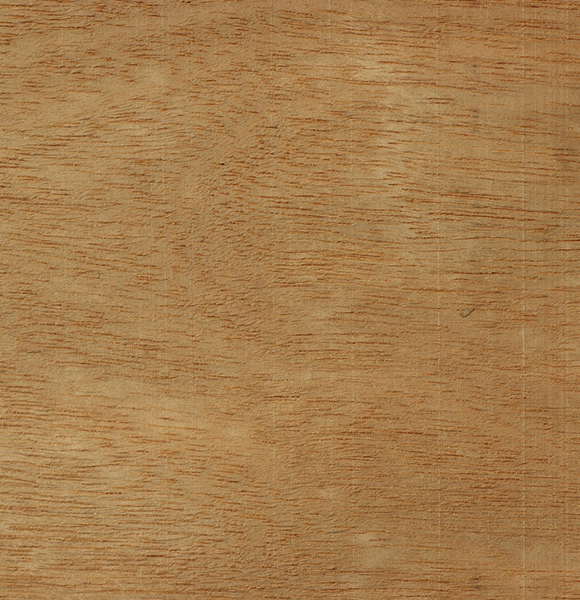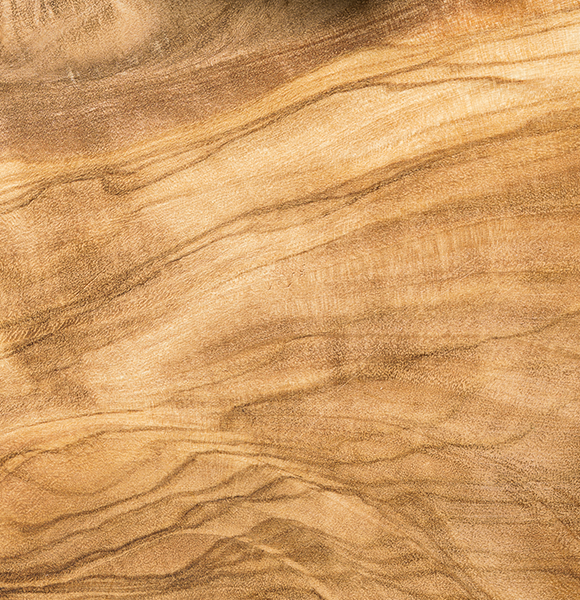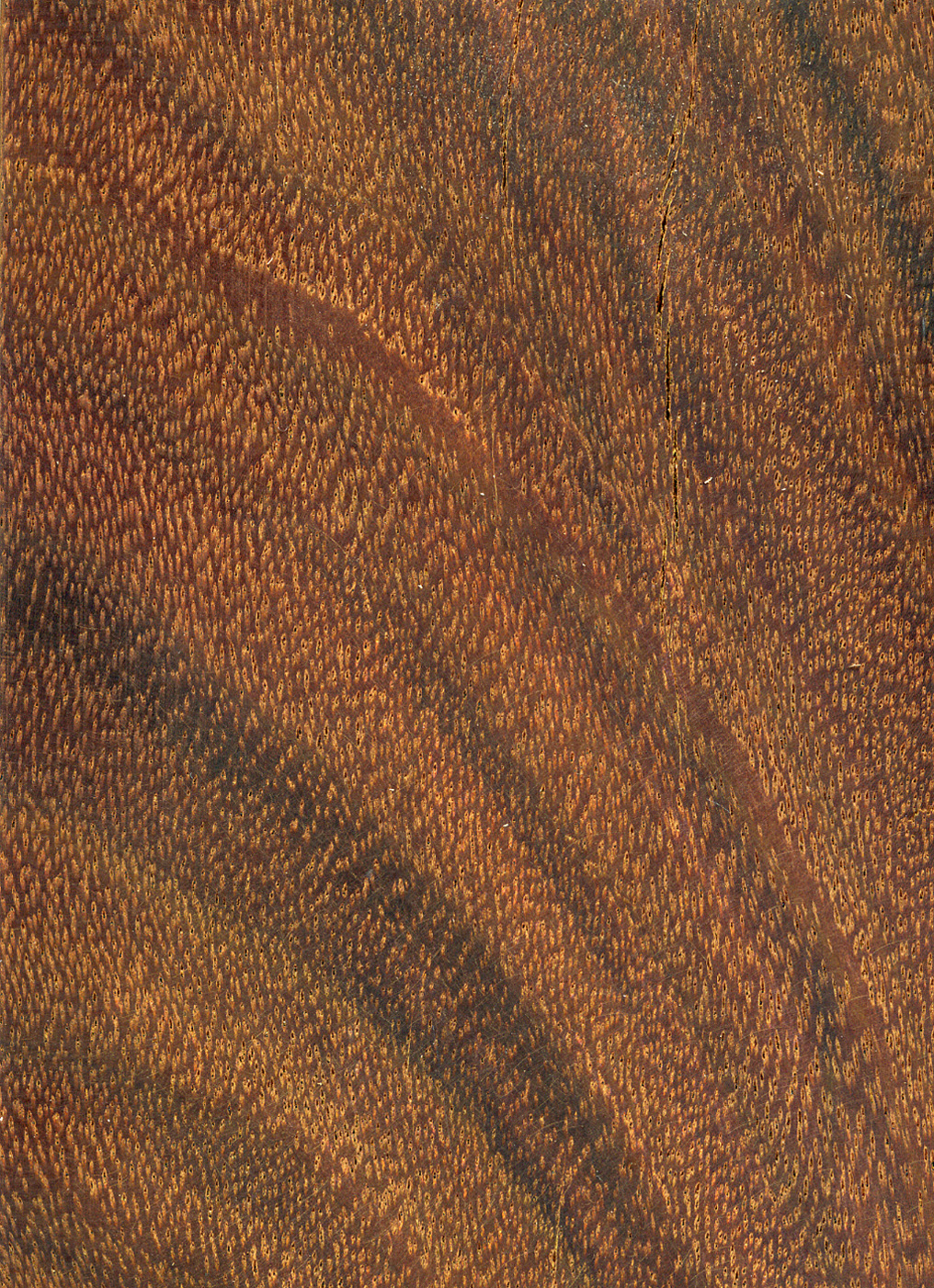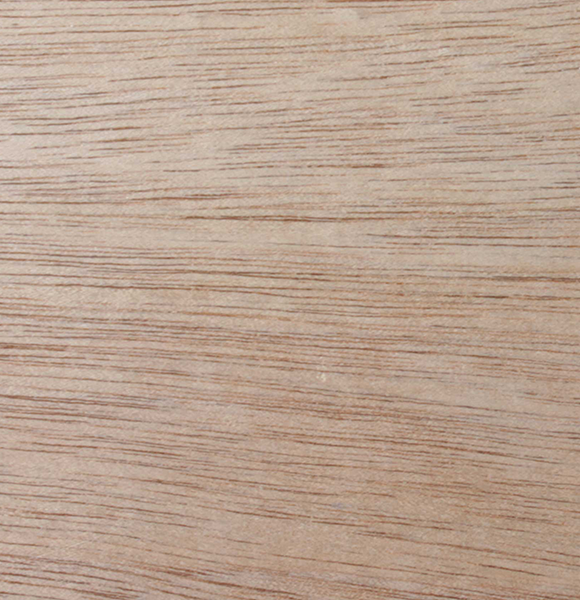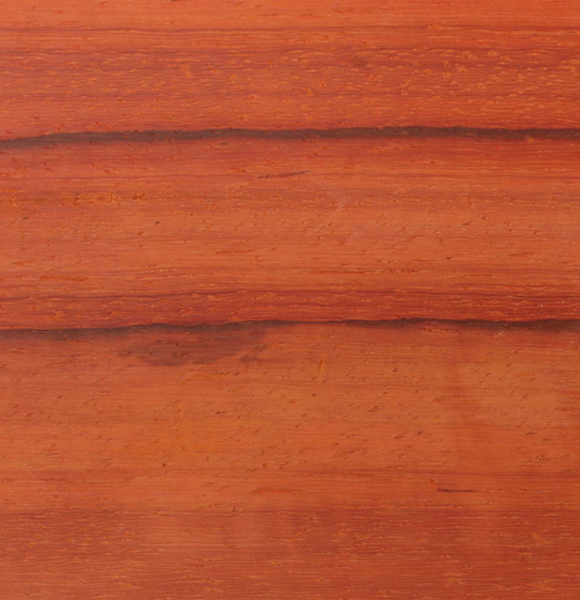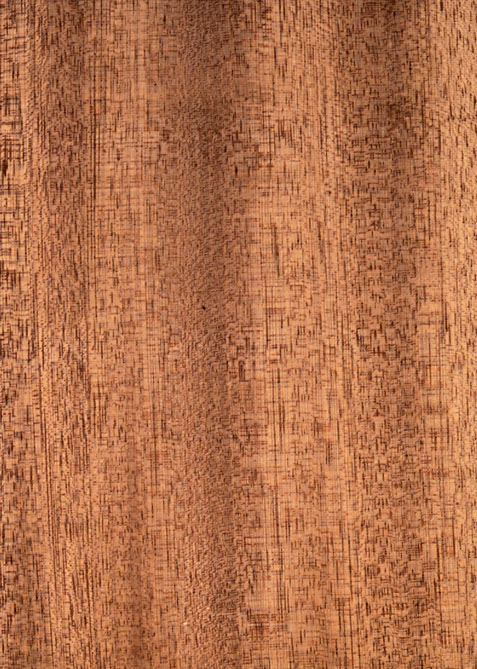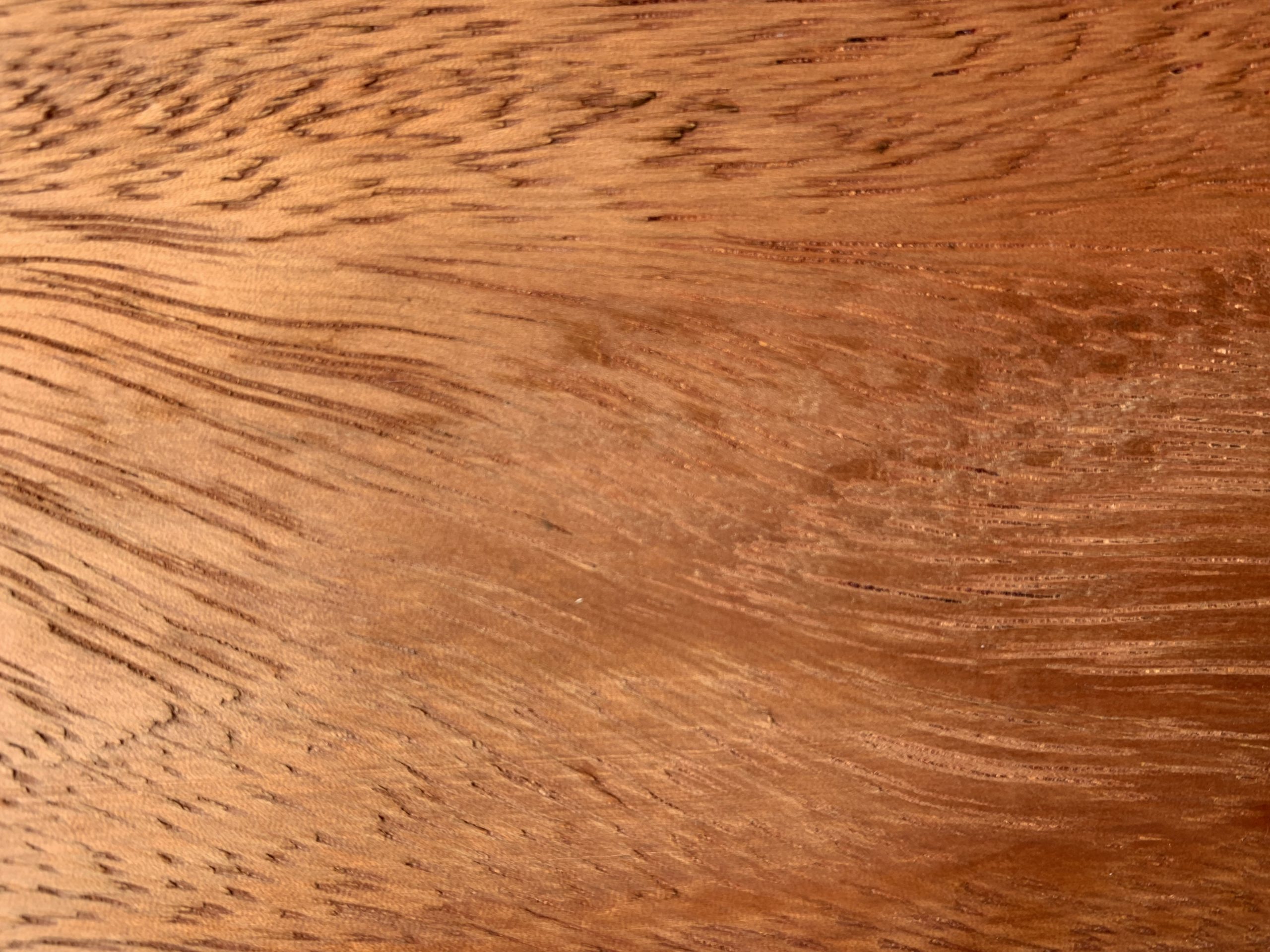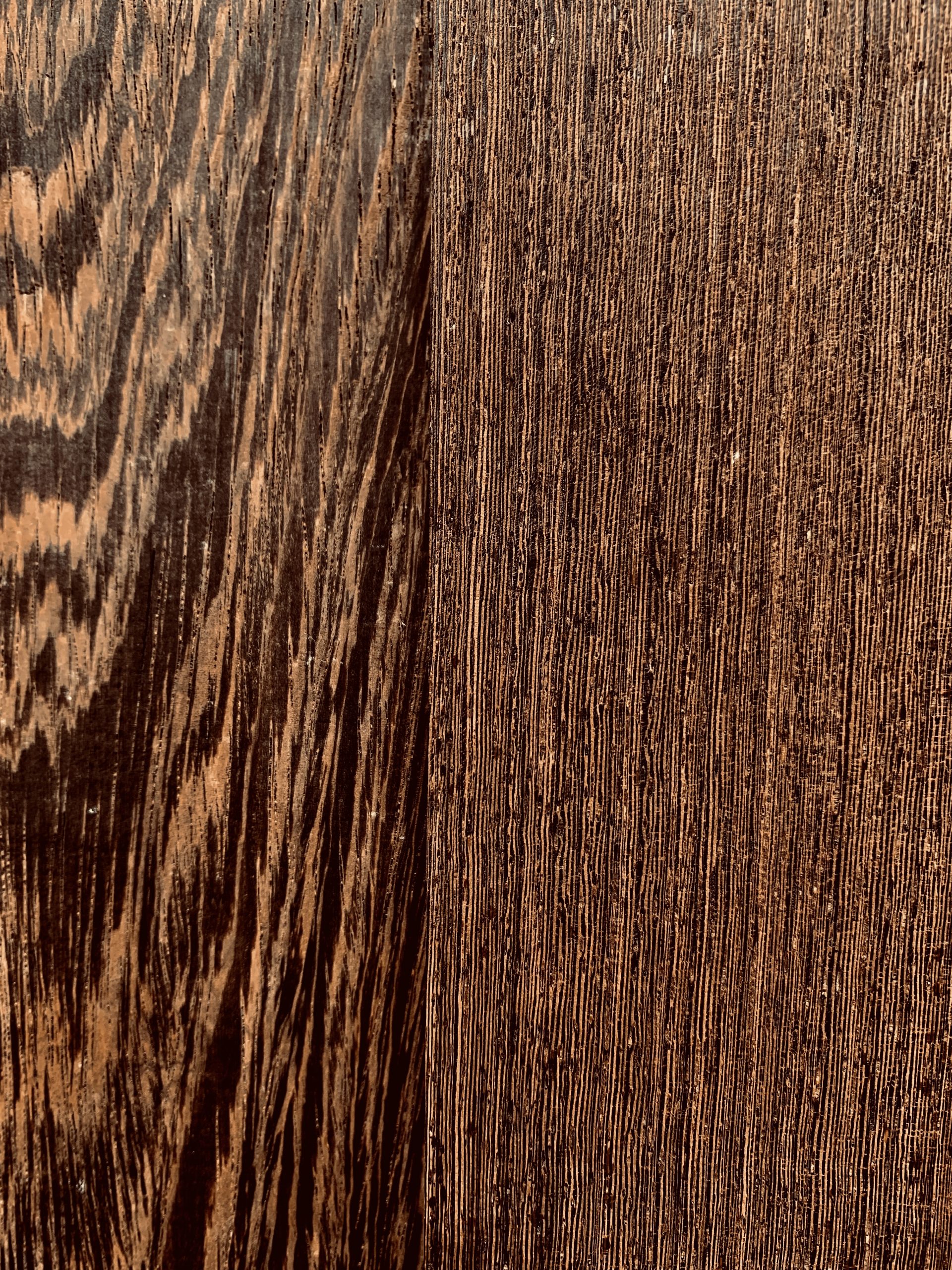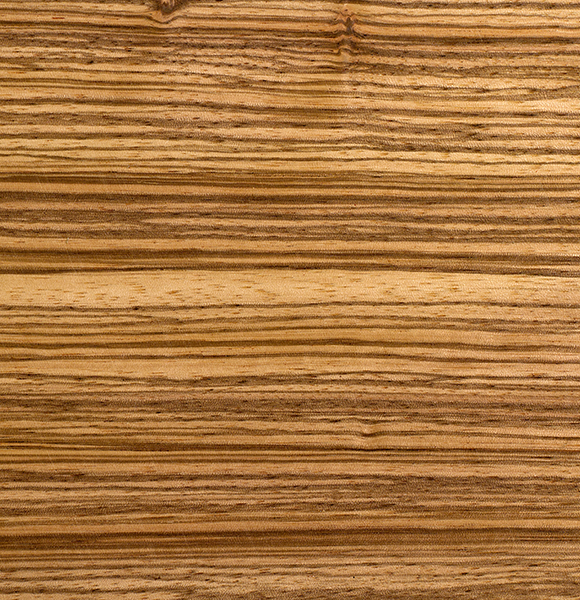AFRORMOSIA
Afrormosia - also known as Assamela - is a rare wood, resistant to ageing and weathering. It is also very resistant against fungus and insect infestations, providing ideal conditions for indoor as well as outdoor use.
Description
| Botanical name: | Pericopsis elata |
| Overall character: | Thanks to its color and shine, the fine porous surface of this wood can be very decorative. The appearance resembles teak wood. |
| Color and structure: | The splint has a width of 2 to 3 centimetres and a white to light grey color. The yellowish brown to light olive tinted heartwood is sharply separated and the numerous dispersed pores are fine to medium-sized. However, the surface still has an even fine-porous appearance on the longitudinal plane. |
| Characteristics/features: | Moderately heavy timber with strength properties comparable to Iroko and Afzelia. Fresh timber can be cut easily. Afrormosia has great staying power. |
| Areas of use: | Because of its great characteristics, Afrormosia is used as a solid wood for face veneers and in indoor and outdoor areas. Thanks to the strength characteristics, it is especially suitable for spaces that are exposed to shifting weather conditions. |
| Sources: | https://www.holzvomfach.de |



